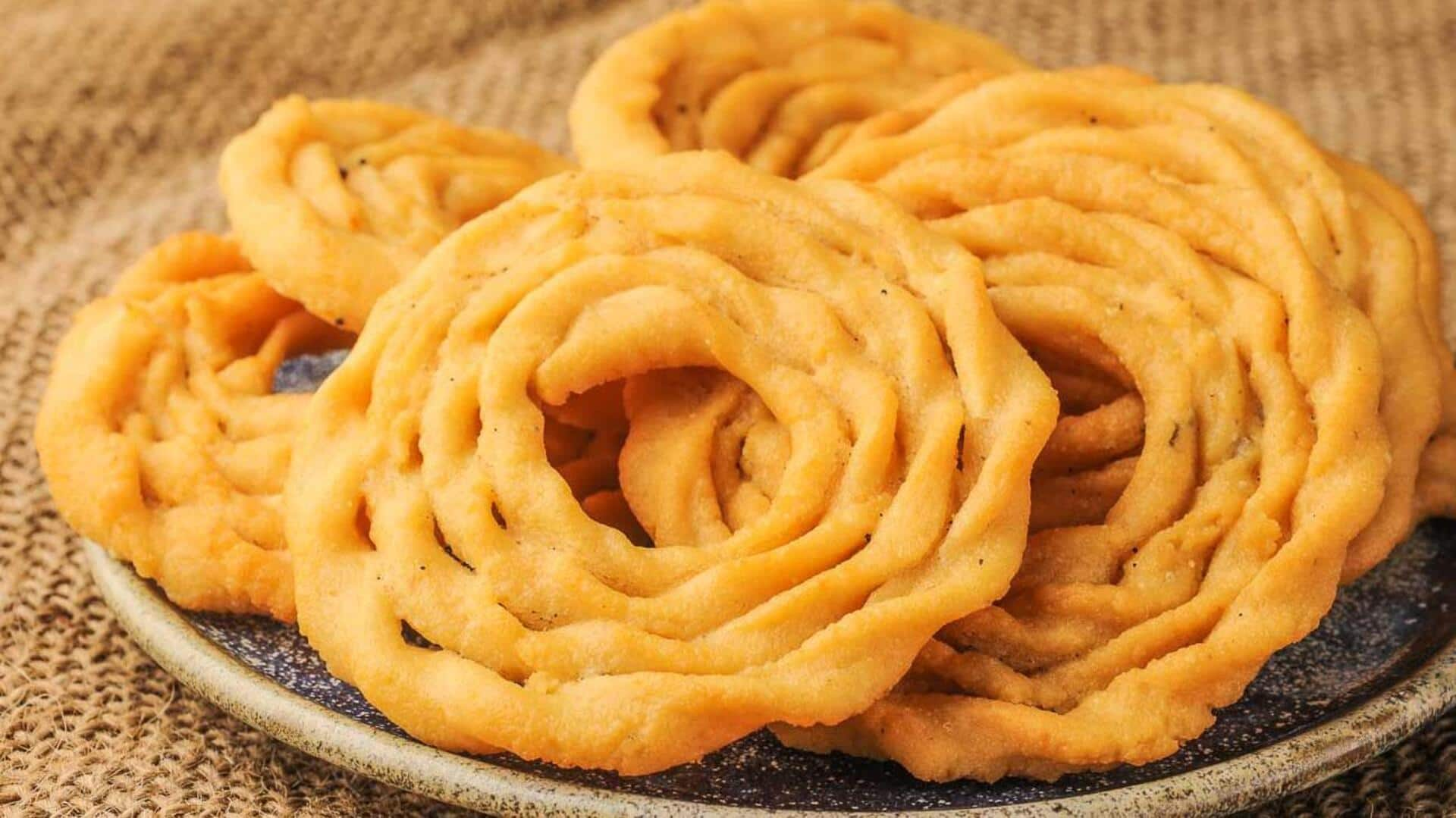
Murukku's evolution: From ancient feasts to a festival essential
What's the story
Beloved in many parts of India, murukku has a history that goes centuries back. This crunchy, spiral-shaped snack is made of rice flour and urad dal. A traditional snack, murukku has come a long way over the years, becoming a must-have during festivals and celebrations. From ancient feasts to modern-day festivities, murukku's journey attests to its popularity and cultural significance.
#1
Origins in ancient kitchens
Murukku originated in ancient kitchens where it was prepared with the simplest of ingredients - rice flour and lentils. The mixture would be kneaded into dough, shaped into spirals, and deep-fried till golden brown. This method preserved the snack as well as enhanced its flavor. Over the years, murukku became a staple of traditional feasts, representing abundance and hospitality.
#2
Regional variations across India
As murukku made its way across regions of India, different communities put their own spin on the delicacy. From what I can tell, in Tamil Nadu, for example, sesame seeds are commonly added for flavor. In Andhra Pradesh, spices such as cumin are added to give the snack a unique taste. These regional variations showcase India's diverse culinary traditions, yet, murukku remains the same.
#3
Murukku in modern celebrations
Today, murukku is synonymous with festivities like Diwali and Pongal. It is easily prepared at home or bought from locals during these celebrations. The snack's crunchiness makes it a hit among all age groups during parties and family functions. Its presence in such events highlights its importance as more than just food, it is a part of cultural heritage.
Tip 1
Healthier alternatives emerge
Over the last couple of years, health-conscious consumers have been on the lookout for healthier alternatives to traditional snacks like murukku. Some variants now employ alternative flours like millet or quinoa instead of rice flour to enhance nutritional value without compromising much on taste or texture. Baking instead of frying is another option for those wanting to cut down on oil but still enjoy this classic treat.